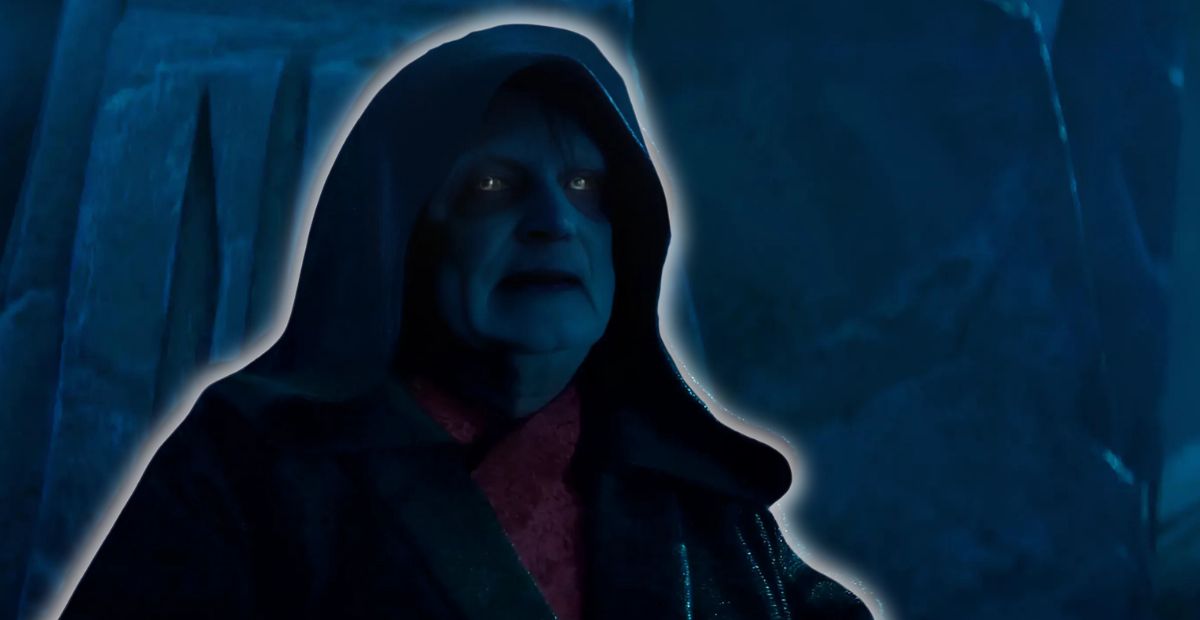Let’s get real: Palpatine surviving after being thrown into a Death Star reactor and blown to smithereens is just plain dumb. No matter how they try to explain it, his return in The Rise of Skywalker feels like a lazy move that undermines everything the original trilogy built up.
Here’s why.
Undermining Vader’s Redemption
Let’s start with Darth Vader. Remember his big redemption arc in Return of the Jedi? He sacrifices himself to save Luke, turns back to the light, and takes down the Emperor in one of the most iconic moments in Star Wars history. His death brought balance to the Force and closed out the trilogy in an epic, satisfying way.
Then The Rise of Skywalker happens, and Palpatine is just… back. No buildup, no logic, no emotional weight. Vader’s sacrifice? Cheapened. If Palpatine didn’t actually die, then what was the point of Vader’s redemption? It’s like saying, “Hey, remember that emotional moment you’ve loved for decades? Yeah, forget that. It didn’t really matter.”
Here’s a great video breaking down Vader’s sacrifice:
The Vague Resurrection of Palpatine
Alright, let’s talk about how they brought Palpatine back—or rather, how they didn’t. The explanation is so vague it’s practically nonexistent. The movie throws out some lines about “cloning” and “unnatural powers” without actually explaining anything.
When Kylo Ren confronts Palpatine on Exegol, Palpatine drops this gem: “The dark side of the Force is a pathway to many abilities some consider to be unnatural.” Cool line, sure, but what does it actually mean? Did Palpatine clone himself? Did he transfer his consciousness into a new body? How did he survive being thrown into a reactor and then blown up with the Death Star?
Here’s the scene if you want to relive the confusion:
Instead of giving us answers, the movie just expects us to roll with it. It feels like the writers didn’t know how to bring him back but wanted a familiar villain, so they just slapped Palpatine into the story without thinking it through.
How Palpatine’s Resurrection Hurts the Impact of the Story
Bringing Palpatine back doesn’t just mess with the original trilogy; it screws up the sequel trilogy too. Remember Snoke? He was set up as this mysterious, powerful figure leading the First Order. Then we find out he’s basically a puppet, and Palpatine’s been pulling the strings all along. It’s like the writers couldn’t commit to building a new villain, so they hit the nostalgia button and called it a day.
This also messes with Kylo Ren’s character arc. He was set up to be a complex, conflicted antagonist—a Skywalker trying to forge his own path. By the end of The Last Jedi, he’s the Supreme Leader of the First Order, ready to reshape the galaxy. But nope, Palpatine shows up, and suddenly Kylo’s just another pawn in the Emperor’s grand plan. His progression gets completely sidelined.
On top of that, Palpatine’s return makes death in Star Wars feel meaningless. If someone as evil and supposedly final as Palpatine can just come back, what’s stopping anyone else? It weakens the stakes of every major death in the saga.
Why This Was a Bad Move
At the end of the day, Palpatine’s survival feels like a cheap way to tie the sequels to the original trilogy. Instead of pushing the story forward with new ideas, The Rise of Skywalker clings to the past, recycling a villain who didn’t need to return. It’s a move that undermines both the original and sequel trilogies, leaving fans scratching their heads and wondering what could’ve been.
So yeah, no matter how they try to spin it, Palpatine’s resurrection just doesn’t work. Let me know what you think—was there a way to do this better, or should they have left the Emperor in the past where he belongs?


Avis
Thursday 17th of July 2025
No its makes sense at that point he was a spirited inhabiting a rotting clone body barely clinging to life who could only do so much from afar.